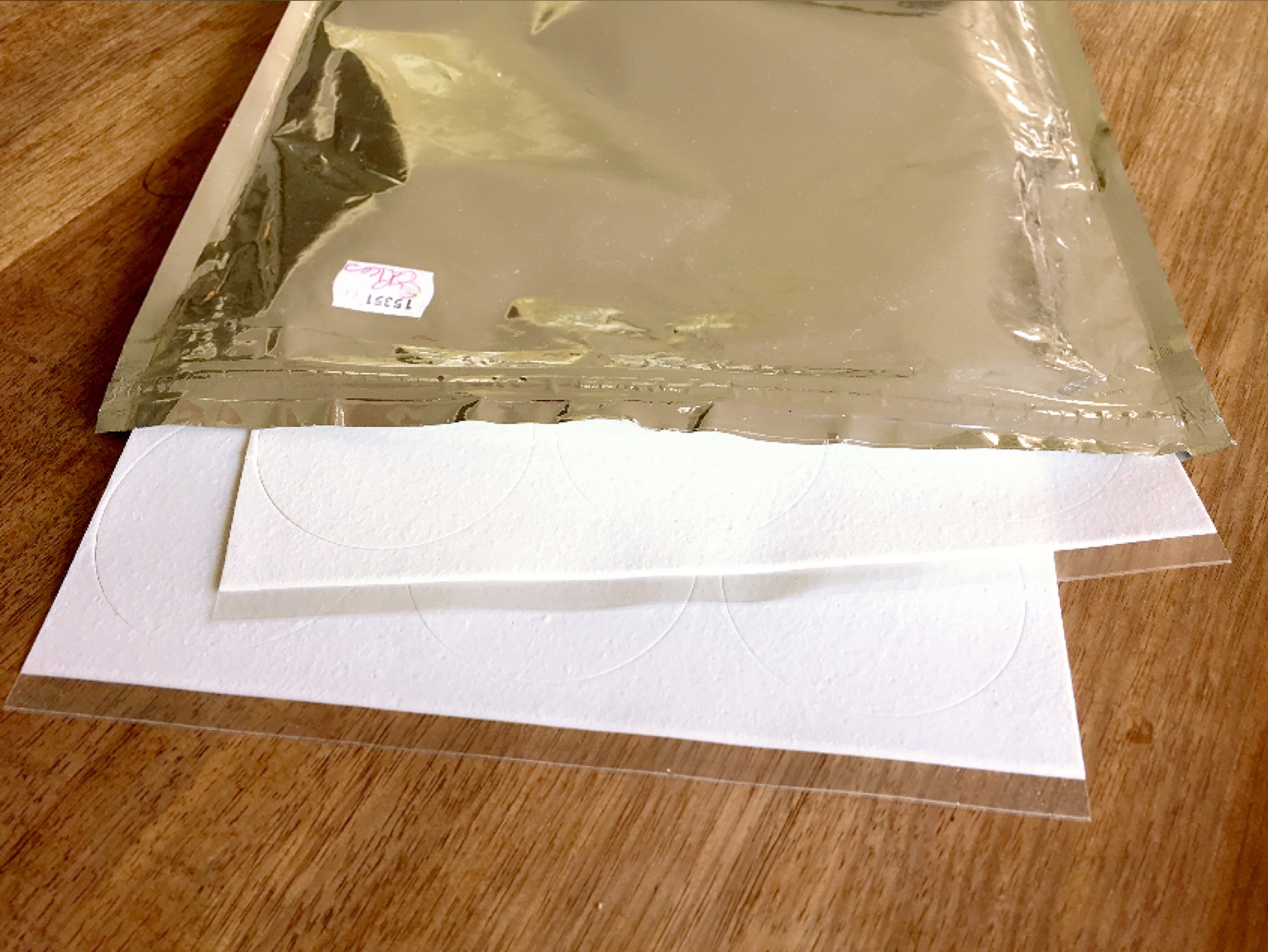
Preventing Dry & Cracked Edible Icing Sheets
22nd Feb 2022
Using high-quality edible icing sheets and storing them as per the instructions on the pack is key to successful edible printing. Edible icing sheet problems can occur due to incorrect storage, prolonged exposure or sudden changes in the weather/temperature. These tips apply to all icing sheet brands, not just Edible Image Supplies icing sheets.
What causes problems with edible icing sheets?
In the dryer times of the year or even dryer climates, moisture in the icing sheets can begin to evaporate. The edible icing sheets can become dry, brittle and separate from their backing. They can also curl when too dry and result in a printer jam. This can also occur due to prolonged or excessive exposure to heat or cold and frequent fluctuations in temperature (getting cold then warm repeatedly). Edible icing sheets can be affected very differently in different climates.
No matter what brand of icing sheet you use, you may at some time be subject to some of these problems. There are simple solutions if you do experience icing sheet problems and we must also stress that PREVENTION is the key to success. Correct storage and handling is a must!
Because edible icing sheets are sensitive to extreme temperature (heat/cold) or humidity changes, they should always be kept at a comfortable room temperature, in the sealed airtight bag that they arrive in until use. When you need to use an edible icing sheet, take it out of the bag and immediately seal the bag so that the remaining sheets do not get exposed to external temperature or humidity changes.

The edible icing sheet needs to be soft and malleable when you are feeding it into your printer, just like normal paper. Try warming up the sheet you want to print on a little first, at a comfortable room temperature. If your room is not too cold, simply removing the individual sheet from the pack and laying it on a flat surface for a short period of time should make it more flexible.
Prior to printing, be careful not to let the icing sheet sit in the printer feed tray for too long. This may cause it to dry out in cooler weather or absorb moisture if conditions are humid. Once you have printed your image and it has dried thoroughly, store it back in a sealed zip lock bag until use. Extra drying time may be required in hot, humid weather.
If you find that your edible icing sheets have become too dry to use properly, you can easily rehydrate them by placing a moist paper towel behind the backing of the last sheet in the bag – be careful not to touch or drip on the front of any of the sheets with the moisture, then seal the bag tightly and let it sit for 12-24 hours. Remove the paper towel. Your sheets should be moist, pliable and re-attached to their backings.
To remoisturise the icing sheets they may also be sprayed with a fine mist of water, using an airbrush, or any other fine water-misting device. You will have to wait a few minutes for them to dry back to a usable condition. Do not over moisten them.
You can also bring moisture back into the icing sheets by holding them over a pot of steaming water for a few seconds, or place them into a high humidity proofing area or proof box, if available, for a short time. This will also make them malleable and easier to feed through your printer.
If the printer has trouble gripping the sheet one way, just turn it around and try feeding it the other way. If using templates you will need to rotate the template prior to printing, to suit the direction you are feeding in the icing sheet.

What happens if your icing sheet keeps jamming in the printer?
This is most likely due to the curling up of the paper when the icing sheet is too dry. Simply rehydrate the icing sheet as per above and then roll the top of the icing sheet (the part that feeds into the printer first) backwards, just a little, prior to putting it into print. Or try the reverse feed technique listed above.
Here’s a little summary:
- No matter what brand you have, proper storage and handling is key.
- Make sure your icing sheets are kept at a comfortable room temperature.
- Very cold or hot dry periods can cause edible icing sheets to harden, and start to crack at the edges.
- Drying will affect the sheets flexibility and ability to feed through the printer.
- Regularly check that the original zip lock bag is still sealing completely, and when you remove the icing sheet from the bag that you immediately rezip the bag.
- To be extra sure, we recommend storing icing sheets sealed in their original zip lock bag and in an airtight container or additional zip lock bag.
- Do not place brittle icing sheets into a printer. They will break off during printing and cause a paper jam in the printer.
- Do not leave sheets exposed for longer than necessary.
- Always store your edible icing sheets laying flat, icing side down.
For optimum results every time you print, we also encourage you to take the time to get to know your edible ink printer. The better you get to know your edible ink printer, the better your edible printing will be!
Happy Printing. x
